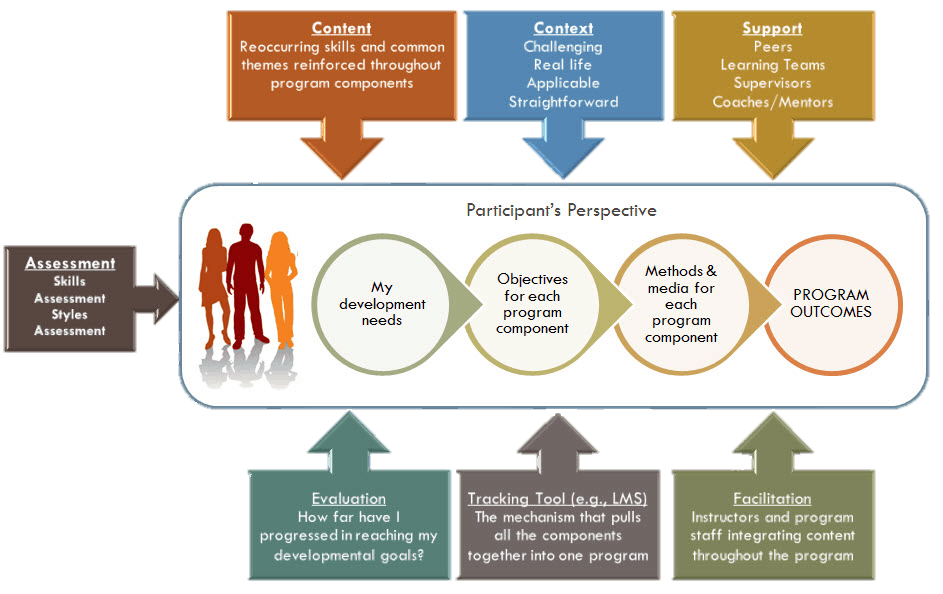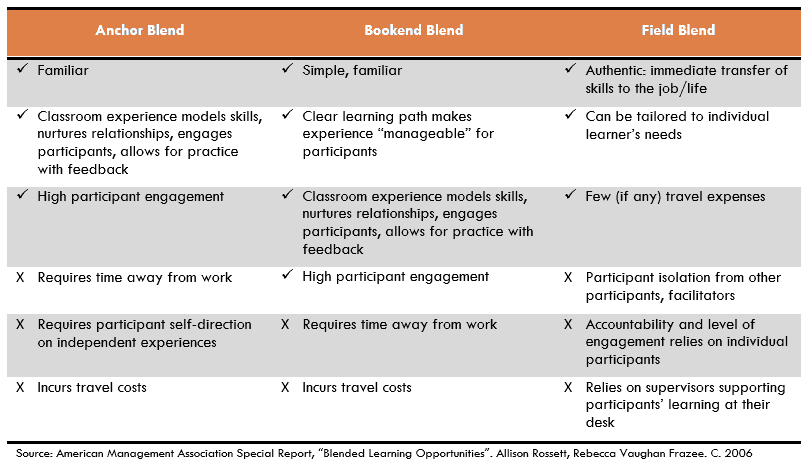Make Your Meeting Worth the Time
“I wish we had more meetings around here.”
-Said no one, ever
It’s a lot more likely that you and your colleagues often wish for fewer meetings. But of course, the real issue is not how many meetings we have, but how many meetings are actually worth the time spent. Here are three tips for making your meetings effective:
1. Pay attention to the basics. We all know that effective meetings have clear objectives, agendas distributed in advance, a scribe to record action steps, a neutral facilitator when possible, and the right attendees. The problem is that we get busy and think we can skip the basics, especially with routine daily or weekly meetings. But the basics are even more important with routine meetings, because they happen on a regular basis and therefore can be major time wasters if not run well.
2. When determining the objectives of your meeting, put yourself in the shoes of every attendee, and every person affected by the meeting. What are their needs, and what should the meeting outcomes be? What should people know or do as a result of the meeting? Design your meeting with these criteria in mind.
3. Once the meeting is planned, don’t assume everyone knows how to communicate effectively during the meeting. A good meeting is one in which a balance of advocacy and inquiry is maintained, by which we mean that people spend roughly equal amounts of time expressing their own perspectives and seeking to understand the perspectives of others. This takes skill not only in presenting information, but also in asking good quality questions and actively listening. Our goal is to get all the relevant information out on the table, in service of the needs and outcomes you identified in #2 above, and that takes skillful discussion. A good meeting planner will set the example by modeling skillful discussion.
You may never get people to stop wishing for fewer meetings, but your goal should be to have people leave your meetings feeling that it was time well spent.
Do you and your team need help improving the effectiveness of your meetings? Join us for a free one and a half hour webinar on August 21, 2018 at 10:00 PST/ 11:00 MST/ 12:00 CST/ 1:00 EST.
You can register here: https://ciinternational.webex.com/ciinternational/k2/j.php?MTID=tf9b8d4daa30cc476b84f64ea599842f7
For more information about making your meetings worth the time or any of CI’s offerings please contact Wally Welgraven at wwelgraven@ciinternational.com or 507-227-5111.



